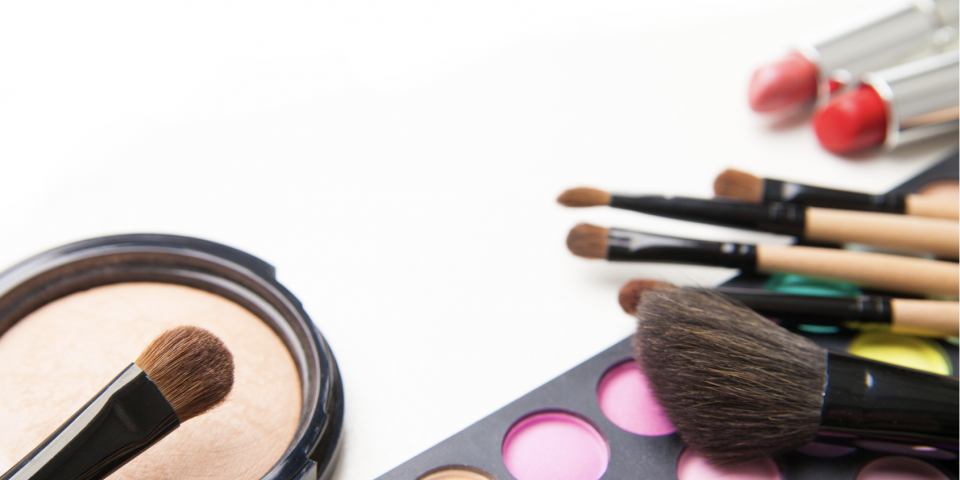


At the same time, China’s cosmetic sector is undergoing profound regulatory developments, which are changing the way cosmetic products can be imported into China. The Cosmetic Supervision and Administration Regulation (CSAR) came into effect on 1 January 2021, representing the new, overarching cosmetic regulatory framework in China – covering the areas of cosmetic classification, product notification and registration, new ingredient management, efficacy evaluation, safety assessment, online cosmetic supervision, accountability systems, and punitive measures. Simultaneously, since 1 May 2021 a new, long-awaited milestone came into force: the possibility for imported general cosmetics to be exempted from mandatory animal testing in China, and thus opening up the Chinese market to several European cruelty-free brands which previously could only export limited quantities through cross-border e-commerce, or were not exporting at all. Other regulations on many other specific regulatory aspects, such as labelling, efficacy claims and safety assessment, have also been updated and issued, or are currently being formulated.
This report provides an up-to-date overview of the new regulatory requirements that European manufacturers of cosmetics must comply with to be able to export to China. The first section provides a summary of the recent regulatory updates, for both general trade and cross-border e-commerce, with a section focusing in particular on the exemption of mandatory animal testing for imported general cosmetics. The second section will provide detailed guidelines on the different steps required for exporting cosmetics to China, starting from the classification of the cosmetic as general cosmetic vs special cosmetic, navigating through the various steps of the product notification or registration process, and highlighting the requirements for packaging, labelling, customs clearance, and the documentation for animal testing exemption.
At the end of the report, a list of which EU Member States and corresponding government agencies actively issuing GMP certificates to be used for animal testing exemption in China is provided – based on information collected through desk research and direct feedback received by EU Member States representations in China.
1. Overview of China’s cosmetics regulations
1.1. Key regulations and governance framework
1.2. General trade vs Cross-Border E-Commerce
1.3. Exemption of animal testing for general cosmetics
2. Step-by-step export guidelines
2.1. Definition and classification
2.2. Notification and registration
Step 1: Find a Domestic Responsible Agent for authorisation
Step 2: NMPA account application and creation
Step 3: Testing, assessment, evaluation
Step 4: Dossier submission
Step 5: Review, approval, and certificate issuance
Step 6: Post-market supervision
2.3. Packaging and labelling
2.4. Customs inspection
2.5. How to export cruelty-free cosmetics
Annex: List of countries issuing GMP